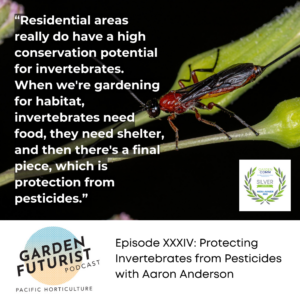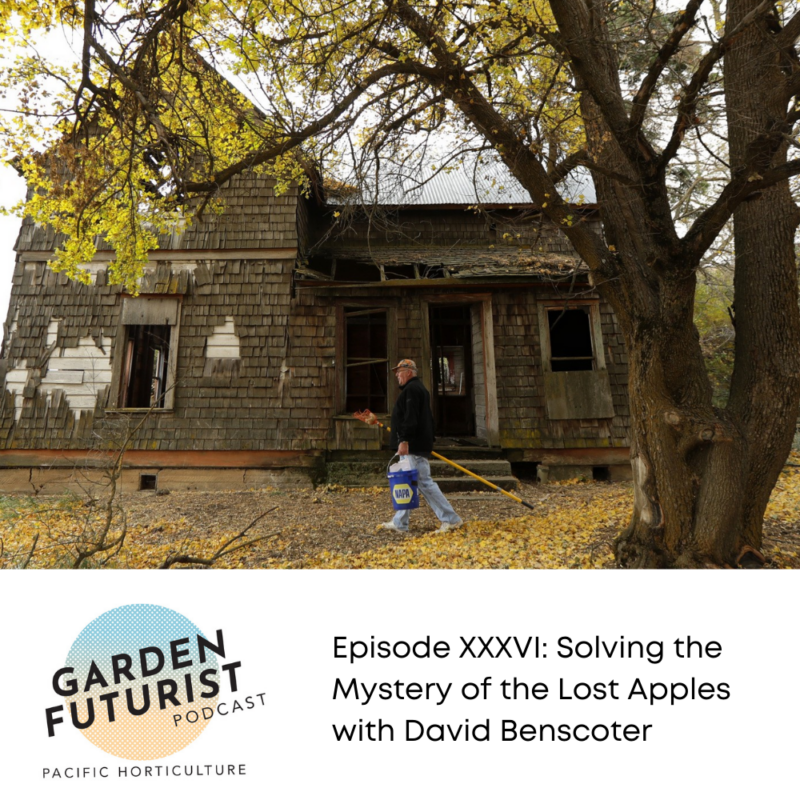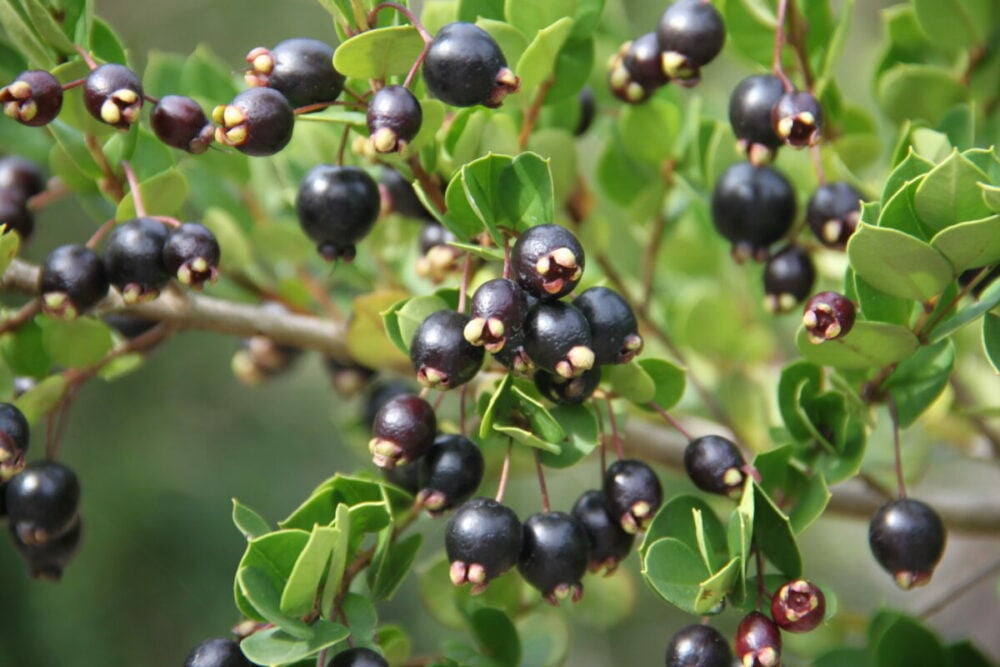
Quarryhill Botanical Garden: A Sanctuary for Asian Plants

Contributor

Traveling along Highway 12 in Sonoma County’s tranquil Valley of the Moon, most drivers zip past the hidden gem that is Quarryhill Botanical Garden. The unobtrusive entry, tucked between Cabernet Sauvignon vineyards, belies the twenty-acre garden inside that holds a treasure-trove of plants. Adjacent to Sonoma Land Trust-protected lands and the Bouverie Audubon Preserve, this verdant garden is not only a world-class botanic garden, it is internationally recognized as home to one of the largest collections of scientifically documented, wild-sourced Asian plants in the Western World.
This is not your typical botanical garden. There are no expanses of lawn or neat hedges enclosing specimen plants, no sculpted shrubs or massive displays of seasonal flowers. Instead, an informal, naturalistic woodland, with towering trees and magnificent shrubs, cloaks the steep, hilly terrain. Ancestors of garden favorites like roses, camellias and rhododendrons, magnolias, and lilies, create a living museum of temperate Asian plants, all the more remarkable given that the majority of plants were started from wild-collected seed and none were planted in the ground before 1990. Dr Peter Del Tredici, senior research scientist at the Arnold Arboretum, Harvard University, and a Quarryhill advisory board member, describes Quarryhill as a “wonderful, eclectic collection of temperate Asian plants, planted to create a habitat; it’s not something you’re used to seeing in a dry mediterranean climate.”

The property, at the garden’s beginning, was a bleak parcel of land situated in the foothills of the Mayacamas Mountains. The site of several old abandoned quarries mined for road base, it had been ravaged by a fast-moving fire in 1964 and was not much more than knob cone pines (Pinus attenuata) and madrones (Arbutus menziesii), surrounded by depressions and piles of rubble. In only twenty years, this inhospitable terrain has been transformed into a garden comprising thousands of Asian horticultural jewels. Though unique in its diversity, Quarryhill is, in its own way, reminiscent of native habitats in China and elsewhere on the other side of the world. Water that collects during heavy winter rains forms seasonal streams that wend their way downward, terminating in ponds replete with waterfalls and water lilies. Nearly three miles of winding paths take visitors through cool glens traversed by fern-lined babbling brooks, rocky outcrops sporting delicate lilies and vibrant rhododendrons, and open knolls thickly covered with rich blue iris. The garden brims with color, texture, and form, no matter the season.

Jane Davenport Jansen
The force behind the development of the gardens was Tennessee native Jane Davenport Jansen. After moving to San Francisco from the East Coast in the 1960s, she purchased forty acres northeast of Glen Ellen and planted a few acres in grapes. In the mid-1980s, with noted landscape designer Roger Warner, she set out to develop a garden that would showcase Warner’s designs, and the two formed the for profit Warner-Jansen Corporation. Warner completed some of the garden’s conceptual design and layout, including the ponds and roads, but the two parted company a few years later. In 1986, after meeting Lord Charles Howick, Jansen decided to develop a twenty-acre garden inspired by the new arboretum that Lord Howick was creating at his family estate in Northumberland, England. A new non-profit organization was established for the temperate Asian woodland garden that Jansen named Quarryhill. She engaged William McNamara, then a local landscape contractor, to install it; he would remain intimately involved with the garden and ultimately take on the role of executive director.
In 1987, Jansen reached a joint agreement with the Royal Botanical Gardens, Kew, England, one of the most distinguished botanical gardens in the world, and Lord Howick, to begin a series of expeditions to Asia to collect seed and herbarium samples for her garden. She put up the funds for the initial expeditions and, in return, received a third of the wild-collected seeds. Over the next two decades, Quarryhill participated in dozens of expeditions—twenty to China, six to Japan, and one each to India, Nepal, and Taiwan—bringing back rare seeds to nurture in an on-site nursery and ultimately plant in the garden. McNamara went on the first plant expedition as a volunteer and has participated in the annual expeditions ever since.
Why a collection of temperate Asian plants in this mediterranean climate? The source of one of the largest and most diverse gatherings of temperate plants in the world, the bulk of Asia had been closed to much of the West for more than forty years. During that time, population growth and development, deforestation, and consumption of valuable resources put the area’s horticultural treasures at risk of extinction. The opportunity to preserve the genetic material from the plants of temperate Asia, in an environment where the plants could flourish (without posing any significant risk of invasiveness), was a perfect match for Quarryhill.

Plants at Risk
McNamara, recently honored with a Garden Club of America award and the Arthur Hoyt Scott Medal for his extraordinary efforts in plant conservation, emphasizes that “we’re currently facing an extinction crisis—for both plants and animals.” The International Union for Conservation of Nature (IUCN), the world’s oldest and largest global environmental network, reports the rate of species extinction is between 1,000 and 10,000 times higher than the “background” or expected natural extinction rate, and further notes that “unlike the mass extinction events of geological history, the current extinction phenomenon is one for which a single species—ours—appears to be almost wholly responsible.”
Quarryhill’s climate, with its dependable frost in winter and heat in the summer, is similar to the native habitat of many of the plants in the collection. The major difference is the pattern of dry summers and wet winters in California—the opposite of the plants’ native environment. There, winters are truly dry, and summers are wet. This difference is beneficial for Quarryhill, as it lessens the chance for an introduced plant to escape and potentially wreak havoc in the surrounding natural environment, as kudzu vine has done in the Southeast, Himalayan blackberries in the Northwest, and broom along California’s coast.
With the mission of “advancing the conservation, study, and cultivation of the flora of Asia,” Quarryhill’s collection of approximately 22,000 plants, representing over 1,250 individual species, provides a repository for plant preservation, or, as McNamara describes it, “a Noah’s ark of rare and endangered species.” Del Tredici notes, “The garden, while not a sustainable one, provides genetic material shared by many other horticultural institutions for research purposes.” Quarryhill provides plants, seeds, and information to botanic gardens, arboretums, researchers, conservationists, students, and the public throughout Europe, North America, and Japan.

Seasons of Beauty
Each season has its own beauty at Quarryhill. In late winter, for instance, the sweet fragrance of Chinese fringe tree (Chionanthus retusus) draws the visitor up the sloping path into the garden, its branches clothed with creamy white, star-shaped blossoms. Brilliant salmon orange blooms cloak plants of Rhododendron obtusum, nearly obscuring its foliage. Foamy, snow-white balls adorn the slender stems of Amur chokecherry (Padus maackii). The smooth, silvery bark of the Chinese tulip trees (Liriodendron chinense) is a striking contrast to its tender, bronze, blunt-tipped unfurling leaves.
Spring showcases abundant flowering trees and shrubs, bulbs, and vines. Quilted, deep green leaves frame plump, crimson red hips on immense plants of Rosa sericea. Epaulette tree (Pterostyrax hispida) displays long, uniquely arranged panicles of sweet-smelling, crystal white blossoms against finely toothed, bright green leaves that shimmer with a silvery white reverse. The other-worldly trunks of Zanthoxylum planispinum, armored with enormous spiky thorns, are a stark contrast to lush neighboring plants. Lilies dot the landscape, perfuming the air from May through August. The allée of Katsura trees (Cercidiphyllum japonicum) hits its magnificent peak in mid-spring; delicate young leaves, a vibrant reddish purple hue that changes to soft bluish green, drape the graceful form of these towering trees.
Flowering in late summer, the deciduous Emmenopterys henryi puts on a show with dinnerplate-sized clusters of fragrant, creamy white, funnel-shaped flowers. Reportedly, the tree can take three decades to flower for the first time; at Quarryhill, it bloomed six years after planting. Maples are abundant here, both in number and diversity, including the rarest and most endangered maple in the world, Acer pentaphyllum. The maples provide a spectacular seasonal finale, dramatically setting the rocky hillsides ablaze with their rich and glorious autumn colors.

A staff of five tends the garden, focusing on nurturing seeds and young plants in an openair greenhouse, planting, weeding, and watering, along with road and path maintenance. Ponds are the source of water for irrigating the garden during the dry summer season; water from wells keeps the ponds at a desired level. The poor quality but well-drained volcanic soils receive virtually no amendments, except around the rhododendrons. Mycorrhizal fungi are added at the time of planting. Other than a struggle with oak root fungus (Armillaria mellea), the garden has little trouble with pests and disease.
Jane Jansen passed away in 2000 at the young age of sixty, leaving Bill McNamara, a board of directors, and an endowment to continue her work of developing Quarryhill’s plant collection. Dedicated staff and a small cadre of volunteers carry on her vision. The wonderful news for garden lovers is that this sanctuary of Asian plants, once available only to distinguished horticulturists, botanists, and researchers from around the world, is now open to the public for all to enjoy.
A garden-loving friend reflected recently,
Had I been told twenty-five years ago that the entire slope of a mountain in Sonoma would one day be replanted, mostly from seed, and transformed into a garden of extraordinary beauty and be acclaimed world-wide as a horticultural precedent like none other, I would have been hard pressed to imagine it, let alone recognize the challenge. Quarryhill stands as a glorious example, to all gardeners, of what can happen when you dream big.
Today, we can be thankful for Jane Jansen and her desire to create such a treasure as Quarryhill Botanical Garden.
If You Should Like to Visit . . .
Quarryhill Botanical Garden is open to the public Monday through Saturday, 9 am to 4 pm for self-guided tours. For guided tours of the garden, special events, membership, and volunteer opportunities, call 707/996-3166 or visit www.quarryhillbg.org. The garden is located at 12841 Sonoma Hwy (Hwy #12), Glen Ellen, CA 95442.
Share:
Social Media
Garden Futurist Podcast
Most Popular
Videos
Topics
Related Posts

Ground Up Science for Greener Cities with Garden Futurist Dr. Alessandro Ossola
Spring 2023 Listen to the Podcast here. Alessandro Ossola is a scientist who gets very excited about the challenge of climate change allowing for an

Readying Urban Forests for Climate Realities with Garden Futurist Dr. Greg McPherson
Winter 2023 Listen to the Podcast here. “Going from the mow and blow to a more horticulturally knowledgeable approach to maintaining the landscape. And that

Low Maintenance Gardens – Better for Pollinators and People
Autumn 2022 “I come out every day. It’s therapy, my meditation.” Janet’s young garden transformed from overgrown, invasive plants to mostly natives. The dailiness of

Invasive Plants Are Still Being Sold: Preventing Noxious Weeds in Your Landscape
Autumn 2022 With so many beautiful ornamental plant species and cultivars throughout California and the Pacific Northwest, how do you decide which ones to include










Responses